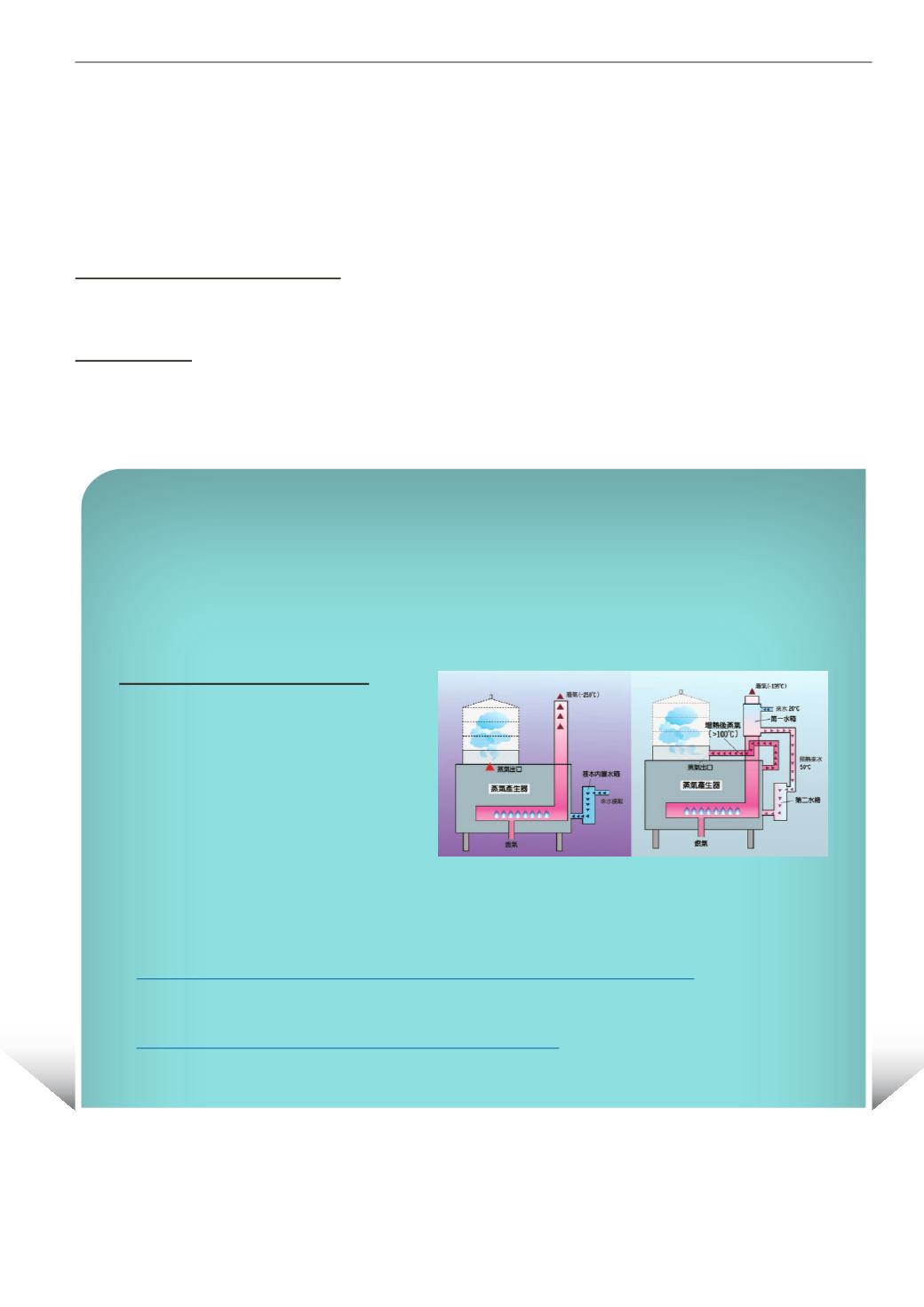
• Pre-cook food such as potatoes and chicken in a steamer before frying to help reduce use of fryers and the amount
of oil used for frying. Note that steamers are more energy efficient than fryers and produce less air pollution in the
kitchen.
• Set the thermostats of water heaters appropriately, not exceeding minimum necessary, so as not to waste energy
(60°C for dishwashers but 43°C for hand washing).
• Consider sterilisers instead of a higher water temperature for dishwashing.
• Keep sufficient maintenance of pollution control equipment such as emptying of grease traps, cleaning of grease
filters, topping up of hydrovent cleansing liquid and washing electrostatic precipitators.
D. Energy efficient kitchen equipment
Cooking equipment is a major energy user in restaurants and food courts. It is important to consider the following:
• Use of energy efficient kitchen equipment (deep fryers, grills, ovens, freezers, cold rooms).
E. Heat recovery
Cooking in restaurants and food courts generates a lot of heat. Therefore, it is important for restaurants and food courts
to consider the use of heat recovery where possible. For steaming equipment, consider waste heat recovery from the
electric or gas steam cabinet and the installation of a heat recovery unit to generate hot water for other applications such
as dish washing.
Energy conservation in restaurants
Steamer with heat recovery system
Traditional steamers boil water to generate steam for heating and then exhaust the steam waste through
pipes and fans. Steamers with heat recovery systems collect the steam waste and reuse it as heat energy
in the steamer again. Existing products include:
Steamer with heat recovery system
Benefits:
• Help in reducing overall gas/electricity
costs.
• Lower the room temperature of kitchens.
• Allow employees to experience “cool
kitchen effect”.
• Reduce warming effect to the surroundings:
temperature of the exhaust steam is greatly
reduced from 250°C to 130°C.
Read more at:
1. The Hong Kong and China Gas Company Limited
The Hong Kong and China Gas Company Limited. Retrieved 8 April 2013, from
2. A handbook on the best practices in “Cool Kitchen”
The Hong Kong Productivity Council. (2010). A handbook on the best practices in “Cool Kitchen”.
Retrieved 31 July 2013, from
Source: The Hong Kong and China Gas Company Limited (Towngas) and The Hong Kong Productivity Council
Figure 161 Heat recovery gas steamer
(Source: The Hong Kong and China Gas Company Limited)
9
Special topics
9.1
Restaurants and food courts
Hong Kong Green Building Council 183


